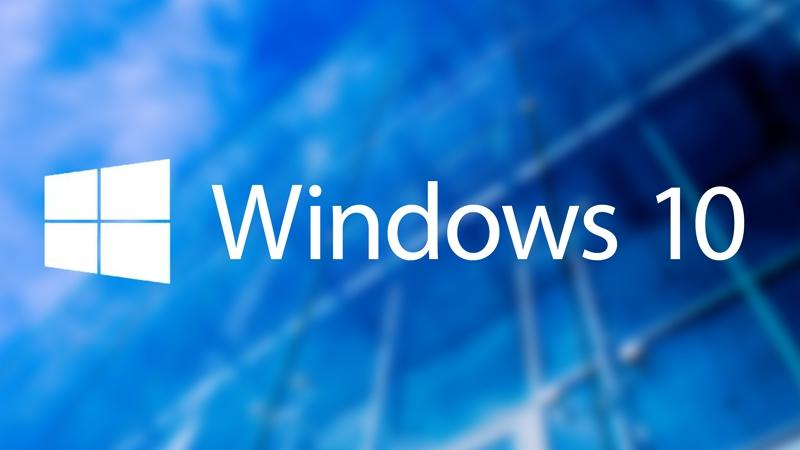Microsoft Windows 10 updates will be 35% faster to download on your Windows PC

The method used by Windows 10 to deliver updates has been considered a substantial improvement over any previous version of Windows, especially as the latest version of Microsoft’s operating system was built from the ground up to be incrementally updated, seamlessly and automatically, as new patches, fixes and upgrades are available.
The one problem the new system has inherited from previous versions of Windows, is the size of the updates, which is still considerable, especially when delivering major system updates, such as the Creators Update, which will introduce many improvements and features focusing on creative professionals, like Windows Ink and Paint 3D.
According to a post published last week, Microsoft is about to launch a new Unified Update Platform (UUP), which is expected to reduce the size of updates down to 35%.
Aside from the decreased download size, the new method presents several advantages, in that it only includes the changes made since the last update, rather than a whole new build. So far, Windows updates involved the download and upgrade to an entire new version of Windows 10, each time. As of the implementation of UUP, this will no longer be the case.
On the surface, UUP might seem similar to what Microsoft used to do in the past, with older operating systems like Windows XP or Windows 7, with the only difference that users would “cherry-pick” updates from a list, rather than letting Windows decide. In reality, UUP is a radically different concept, because all important updates are still being downloaded automatically by the system, but at a faster pace, and without the need for additional resources and time required to reinstall Windows from scratch.
At the moment, Windows 10 Insider Preview builds are delivered as massive cumulative updates that can take several hours to install. In addition, the latest updates are affected by issues that prevent the update to complete if a third party antivirus is installed, turning a simple update into a day-long affair.
According to the director of program management and OS fundamentals, Bill Karagounis, the new method will improve this scenario considerably:
“...We have also revamped how devices check for updates, making them more efficient. As we move to UUP, we are reducing the update data sent to client devices as well as the amount of processing we are doing on devices, this especially important for devices built on the Mobile OS. Using UUP, when your device checks for updates, the Windows Update service will evaluate which updates are needed by a given device. The Windows Update service then returns these updates to the device for download and install. Because more processing is being done by the service, this will lead to faster checks for update operations. It’s important to note that with UUP, nothing will look or behave differently on the surface, UUP is all underlying platform and service optimization that happens behind the scenes...”.
Windows 10 Mobile Insiders will get UUP first, while PC, IoT and HoloLens Insiders will get to experience UUP in incremental rollouts until next year with the official release of the Creators Update.
Ready to shop?
PortableOne has the best deals on Windows 10 Pro laptops, featuring the latest hardware-based security features, and full BitLocker encryption to protect your files from prying eyes.